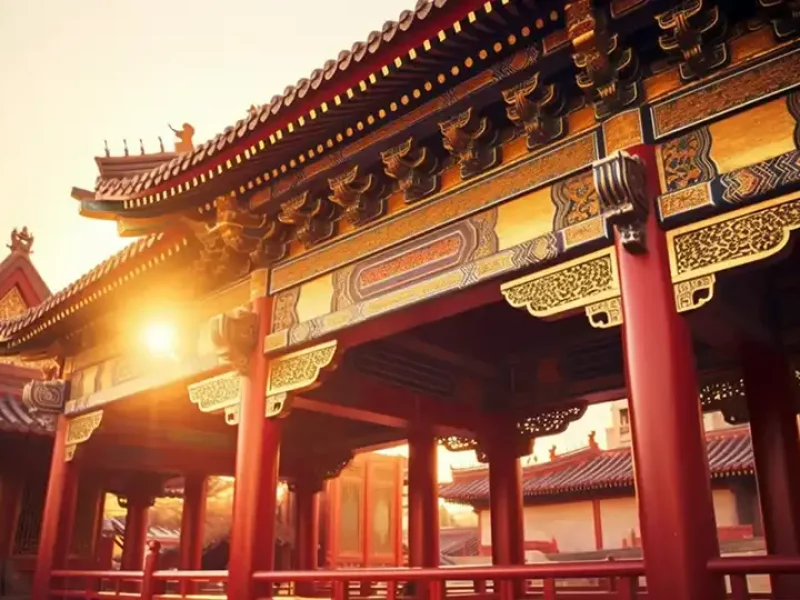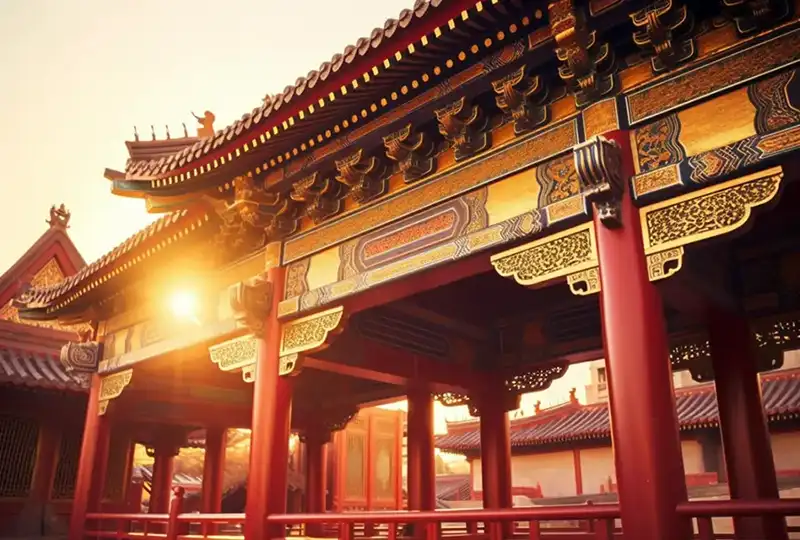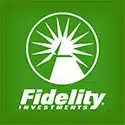Beijing doubles down on renewable energy leadership, boosting manufacturing and installations to further its global market dominance.
China has firmly established itself as the global powerhouse in solar energy production. In 2023, the country installed more solar panels than the entire history of installations in the United States. It slashed wholesale solar panel prices by nearly half and saw exports of fully assembled solar panels surge by 38%, while exports of key components almost doubled.
This wasn’t a one-off achievement, but part of a long-term strategic push by Beijing to dominate emerging technologies like solar power. At this week’s annual session of China’s legislature, Premier Li Qiang announced plans to further accelerate construction of solar farms as well as wind and hydropower projects. The goal is to offset economic slowdown in sectors like housing by betting big on a “new trio” of industries – solar panels, electric vehicles and lithium batteries.
China’s solar supremacy is the culmination of over two decades of industrial policy aimed at reducing dependence on energy imports. It has done so by aggressively building domestic solar manufacturing capacity through a combination of factors – providing cheap land, low-interest loans, affordable electricity from coal power plants, and successive waves of subsidies.
The results have been staggering. Chinese companies can now manufacture solar panels at 16-18.9 cents per watt of capacity, compared to 24.3-30 cents for European firms and 28 cents for U.S. companies. Their low costs derive from factors like cheaper labor, underpriced industrial land allocations, low-cost financing, inexpensive coal power, and efficiently building new factories.
Europe in particular is reeling from this onslaught of cheap Chinese panels. Over a decade ago, injudicious subsidizing of consumer purchases instead of manufacturing led to a wave of bankruptcies in the European solar industry. As European Commission President Ursula von der Leyen ruefully admitted, “many young businesses were pushed out by heavily subsidized Chinese competitors.”
The few remaining European solar firms like Norway’s REC Silicon and Switzerland’s Meyer Burger are struggling to stay afloat. Meyer Burger is halting production at its German plant while trying to raise funds for new U.S. factories that can leverage the renewable energy incentives in the Inflation Reduction Act.
However, rebuilding a self-sufficient solar supply chain outside of China will be an uphill battle. China has leveraged its solar panel dominance to also become the main global supplier of components like polysilicon, wafers, cells and equipment for panel manufacturing. As one U.S. executive noted, “There is know-how to it, and it’s all in China.”
This vertical integration combined with economies of scale gives Chinese firms formidable advantages. While the U.S. and Europe are trying to nurture domestic solar champions through subsidies and trade barriers, China is racing ahead, slashing costs through continuous process innovations.
Beijing understands that world-leading solar capabilities strengthen its pursuit of strategic objectives like boosting high-tech manufacturing, reducing emissions, and enhancing energy security. As Premier Li highlighted, the renewable energy push creates business opportunities for Chinese companies “leading emerging industries.”
With policy resolve, cheap financing and a massive domestic market, China aims to replicate its solar panel success across the entire clean energy value chain. Its dominance will only accelerate the global renewable revolution – but increasingly on Beijing’s terms.







